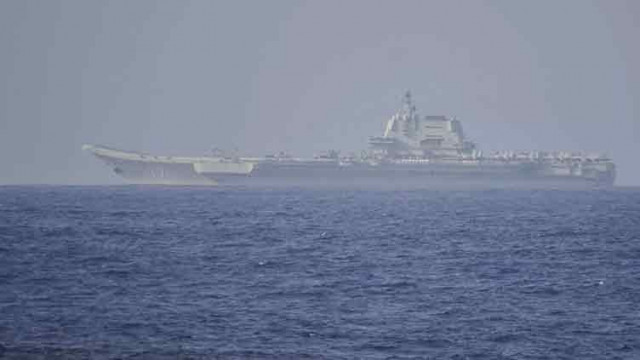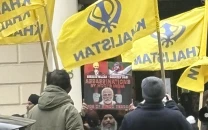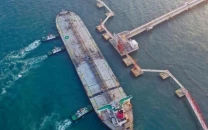China warns US and Canada after warships pass through Taiwan Strait
Beijing says voyage by warships ‘disrupted the peace and stability’ of Taiwan Strait

The US and Canada sent warships through the Taiwan Strait, with China issuing a warning on Monday, claiming such actions "undermine" peace in the region.
According to the US Navy's 7th Fleet, which operates in the Asia-Pacific, the Arleigh Burke-class guided-missile destroyer USS Higgins (DDG 76) and the Royal Canadian Navy's Halifax-class frigate HMCS Vancouver (FFH 331) conducted a “routine” transit of the Taiwan Strait on Sunday.
The US 7th Fleet’s statement said the warships navigated through a “high seas corridor in the strait that is beyond the territorial waters of any coastal state.”
The voyage was also described as demonstrating the two nations' “commitment” to “upholding freedom of navigation for all nations as a principle,” the statement added.
Rejecting any “assertion of sovereignty or jurisdiction that is inconsistent with freedom of navigation, overflight, and other lawful uses of the sea and air,” the US military emphasized that the international community’s rights in the Taiwan Strait “should not be restricted.”
However, China's military warned that the passage of the US and Canadian warships “disrupted the peace and stability of the Taiwan Strait.”
Li Xi, spokesperson for the Eastern Theater Command of the Chinese People's Liberation Army (PLA), stated that China is “on high alert at all times and resolutely safeguards national sovereignty and security, as well as regional peace and stability.”
Li added that naval and air forces organized by the command “closely followed and monitored the vessels' passage through the strait, addressing the situation in accordance with laws and regulations.”
Taiwan’s Defense Ministry also confirmed the voyage, stating that the warships sailed through the Taiwan Strait from south to north on Sunday. The Taiwanese armed forces “maintained full control over the surrounding sea and airspace, with the situation remaining normal,” it said on the social media platform X.



















COMMENTS
Comments are moderated and generally will be posted if they are on-topic and not abusive.
For more information, please see our Comments FAQ